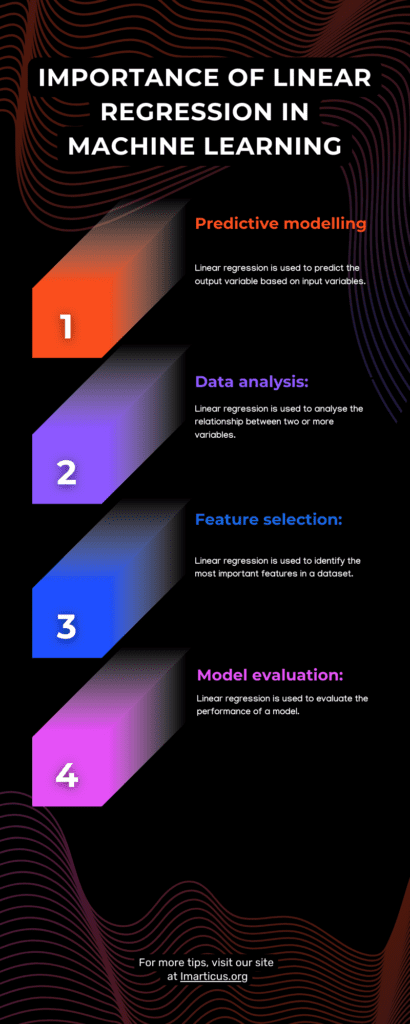What is Operational Risk Management?
Operational risk management is the process of evaluating and dealing with the risks that come up in an organization’s day-to-day operations. These are things like operational risks, the organization’s assets, and how they are managed. Operational risk is the risk of the organization’s assets causing losses to the organization. For example, potential losses from physical assets such as a building, machinery, or computers.

There are also operational risks that come with managing these assets, such as the chance of an accident. To manage these risks, organizations must know the threats that could harm them. But, as you can imagine, it becomes difficult to identify every threat that could harm you. This is where risk assessment comes in.
What are the principles of operational risk management?
Risk assessment: you must identify the threats that could harm your organization. After you know what the threats are, you should look at your organization’s weaknesses to see if the threats could take advantage of them.
Risk Mapping: This is where you convert the information you collected during risk assessment into a format that you and your team can relate to. This includes key performance indicators (KPIs). Key performance indicators are metrics used to measure the success of an organization.
Risk analysis: At this point, you have all the information you need to evaluate the threats your organization faces and how they affect it. This is a risk analysis. You can use statistical tools to do this, like risk assessment tools, or you can use your own experience.
Controls: Now that you have all the information you need to decide on the controls needed to manage the threats identified during the risk assessment and analysis, you can either come up with a list of controls or put one in place and see how it affects the metrics you mapped out during the risk assessment.
Ways You Can Benefit From Operational Risk Management
Better Performances: The two main benefits of operational risk management are better performance and improved control. When you improve performance and control, your resources will work better, and your operations will be more stable.
Better Security: Another key benefit of operational risk management is that it leads to better security. When you deal with the risks found during a risk assessment, you can expect your risks to go down. This leads to better security as you can limit the number of threats and the damage they can cause.
Reduced downtime: You may also expect a reduction in downtime as you can anticipate issues before they occur. This leads to less downtime, causing less disruption to your organization and customers.
What are the main types of operational risk management?
There are several different types of operational risk, including financial risk, business risk, human resources risk, information technology risk, and compliance risk.
The most obvious type of operational risk is financial risk, which usually has to do with how money is handled.
Business risk refers to the risks associated with the selection of business ventures, the execution of business plans, and the management of risks associated with changes in business conditions.
Human resources risk is the most common type of operational risk. It means that employees could hurt an organization by doing or not doing something.
Information technology risk is the chance that something outside of an organization’s control could harm or stop its IT systems from working.
Compliance risk is the risk that an organization will break the rules and laws that govern how it works.
Why do you need a professional course on operational risk management?
Operational risk management is an important element of any business, and CFOS need to understand the risks involved in their operations. A professional course on operational risk management can help CFOs become better equipped to handle such risks.
The Postgraduate Certificate Programme for Emerging CFOs, jointly conceptualized by IIM Indore and Imarticus Learning, is an ideal CFO leadership training program in operational risk management. The program is a one-of-a-kind 12-month financial plan that was put together by experts with more than five years of experience. It not only teaches people the basics of finance and management but also gives them a full picture of how the financial services ecosystem works.
Through this program, CFOs can learn how to manage risks, spot possible risks, and come up with plans to deal with them. This program also helps them understand the legal and regulatory requirements that are related to operational risk management.
















